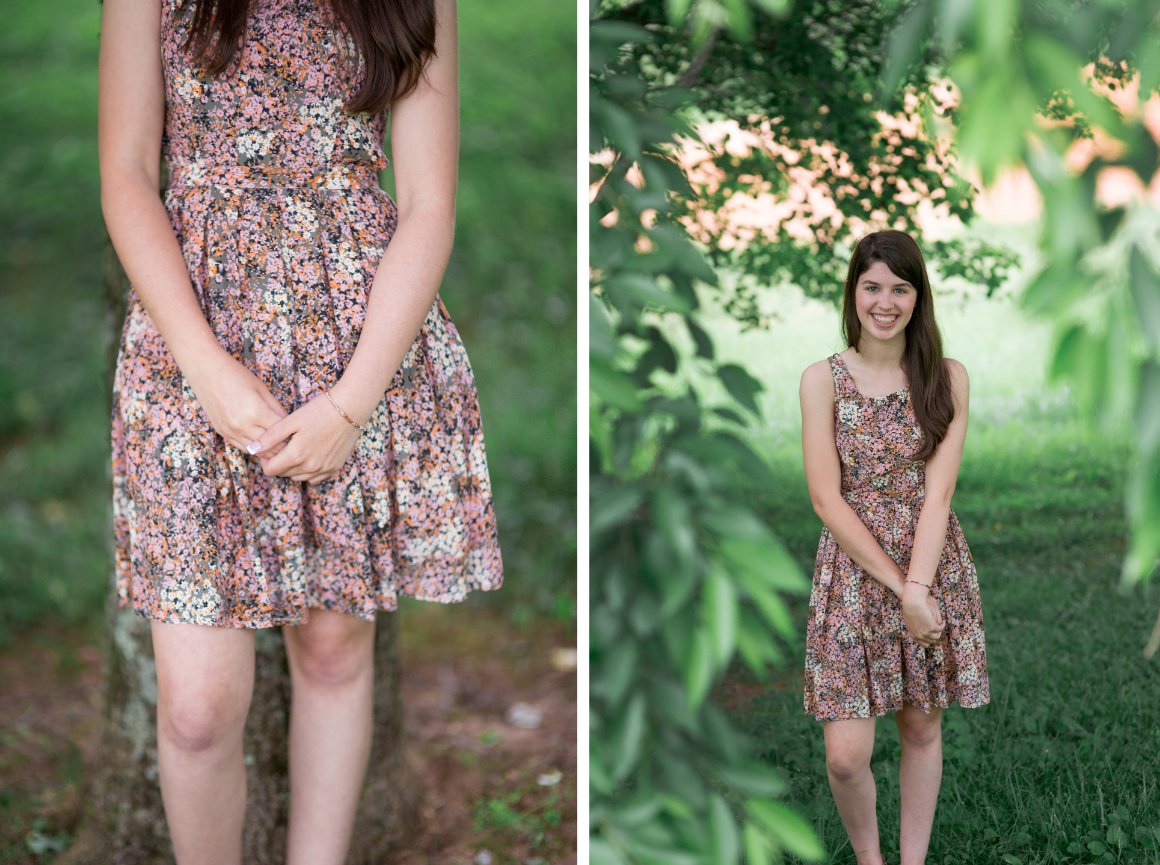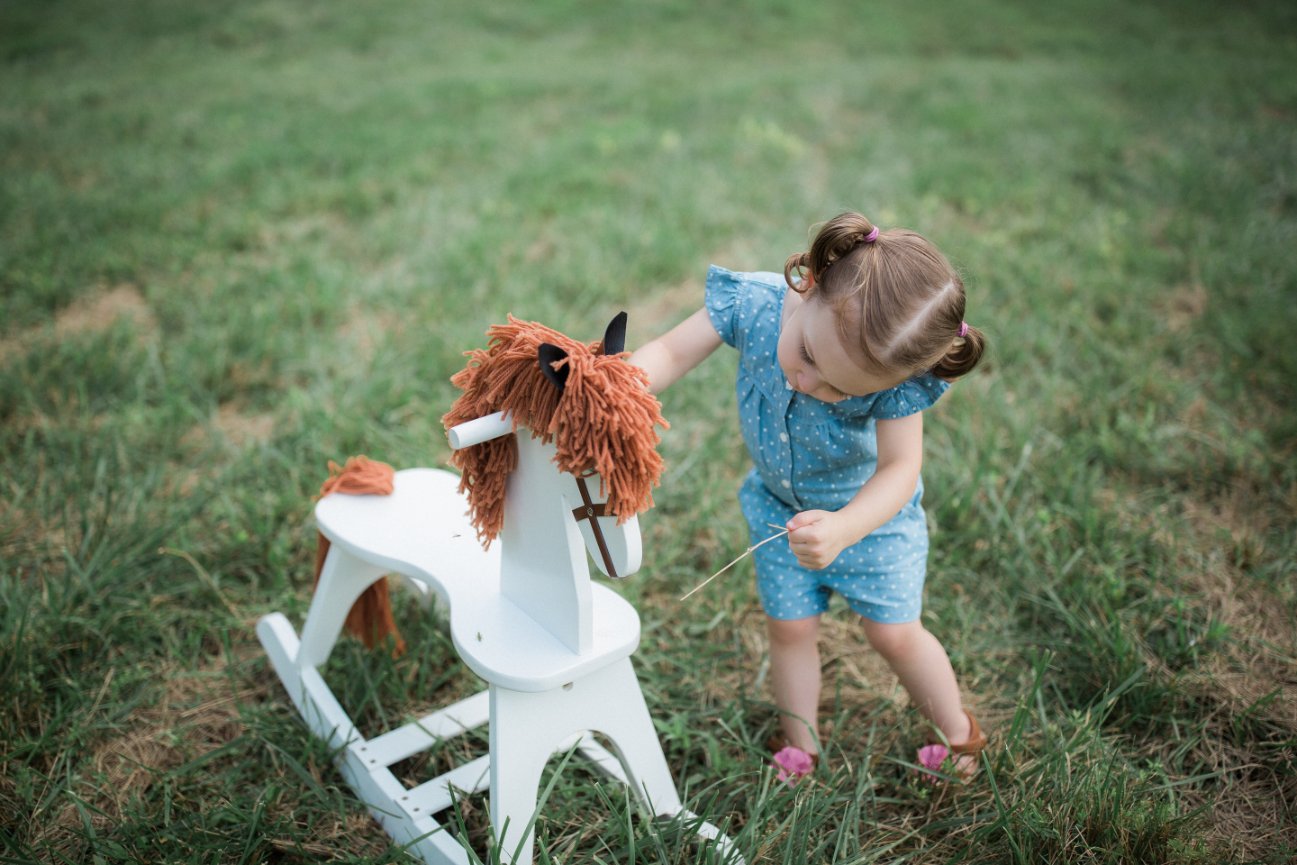

Many rules and guidelines of composition can help you accelerate and make more sense of the whole process. Don’t be afraid of criticism – you need it in order to improve your technique. Join photography forums or dedicated Facebook groups and ask the other members to evaluate your photographs. In the digital world of today, this is easier than ever. Share your work and get feedbackĪnd then, of course, show your work and ask for feedback. With an interesting composition, even a photograph of a fork can turn into a work of art. Don’t just shoot objects that are obviously interesting. Practice, practice, and practice…Īs with everything, practice is key. It’s important to know these rules before you begin to break them to create more interesting or striking images. Try to master the classical rules of composition at first – the rule of thirds, for example. Don’t worry it’s perfectly okay to imitate your favorite photographers in the beginning. Then go out and try to reproduce the things you liked the most in your own photographs. What makes them so powerful? The point of view? The positioning of the main object of interest? Or the use of geometric lines perhaps? b. Related: Composition – Repetition, Pattern & RhythmĪnalyze the images that strike you the most.

Start out with the classics but pay attention to what your contemporaries do as well. Not just photography but, if possible, every other type of visual art. The first thing I’d advise every starting photographer is to look at a lot of art. Here are the simple steps to start learning composition: a. Over time, you apply more complex concepts to your compositions, but it is always a learning process. With composition in photography, it is always a gradual process.

Very often, when you are learning something complex, after tackling it for some time, you just get it-in a single moment, everything becomes clear. What I also notice about composition is that there is no “AHA” moment. In most cases, there is no right or wrong, and everything is open for interpretation. Why? Its complexity comes from its subjective nature. Now that we understand the importance of composition in photography, the next step is to begin learning it.Īs I have mentioned many times before, I truly believe that composition is one of the most difficult aspects of photography since it is hard to teach and often takes a long time to learn. Yosemite National Park How do I master composition in photography?

As long as these aspects contribute to your idea, they are perfectly acceptable and might even become the emblem of your distinctive style. In fact, if composed well, your image may as well be blurred or underexposed.
COMPOSURE PHOTOGRAPHY PROFESSIONAL
That’s why I believe it’s the single most important aspect of a photograph.Įven a perfectly exposed and sharp image taken with a professional camera can “tell us nothing” if it’s not composed in an interesting or meaningful way. The photographic process has become increasingly automated, but composition is still something your camera can’t choose for you. To reach this point, a photographer needs a combination of knowledge, practice, and a bit of creative courage. On the other hand, in street photography or photojournalism, composing is done in a matter of seconds. In landscape photography, we usually have the time to carefully compose our image before shooting since we work with immobile objects or slowly moving (such as clouds or the sun).


 0 kommentar(er)
0 kommentar(er)
